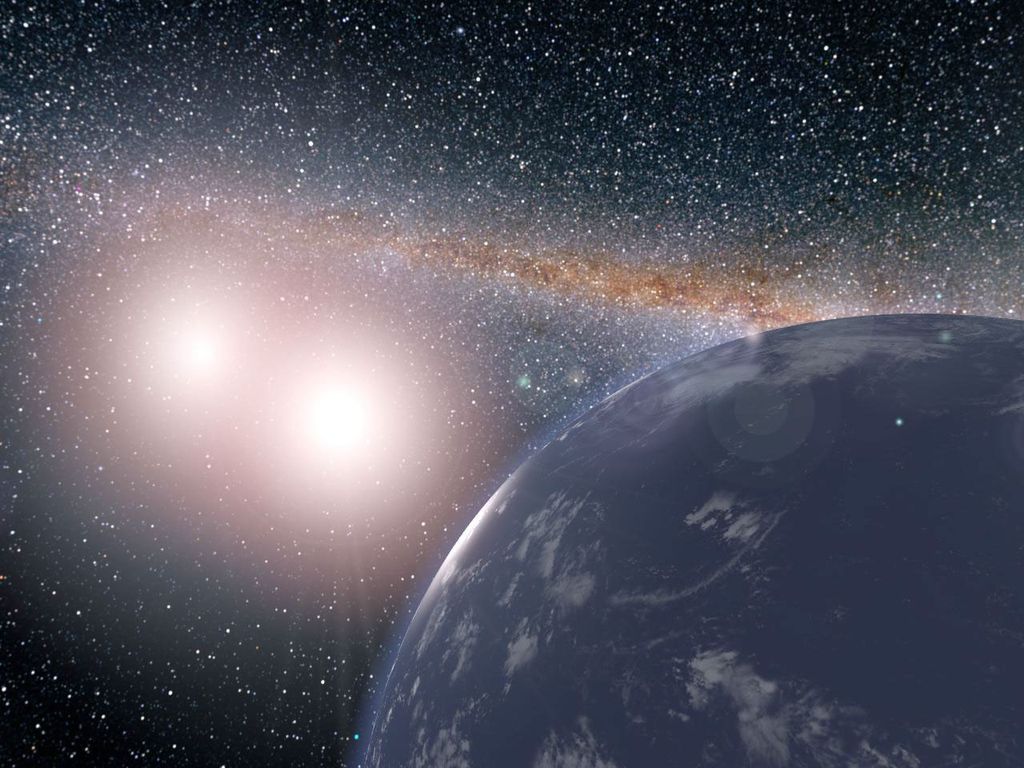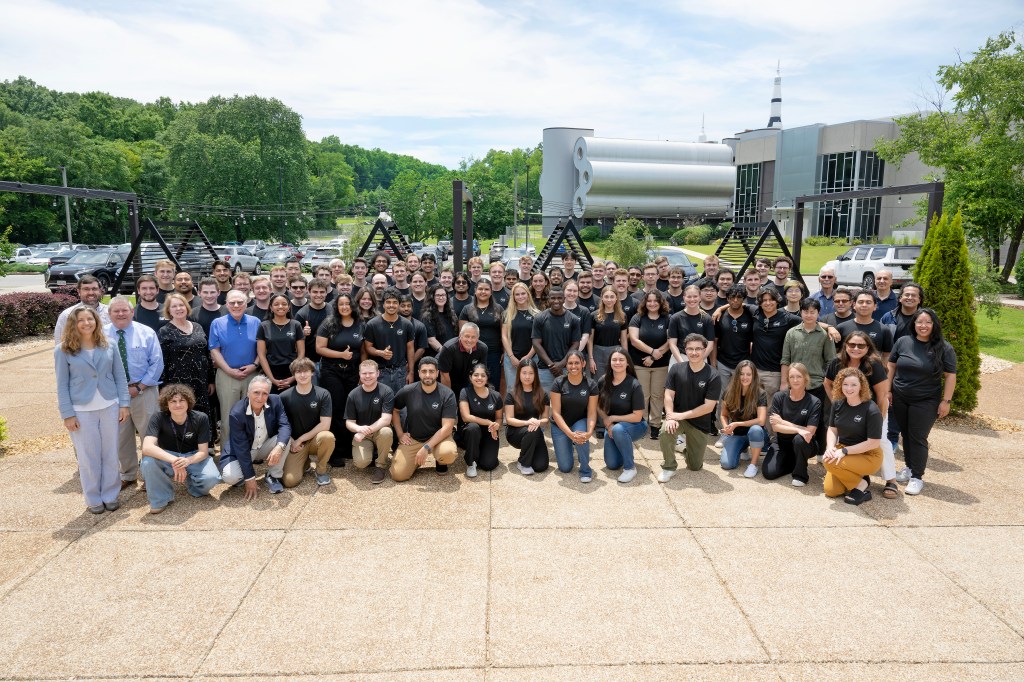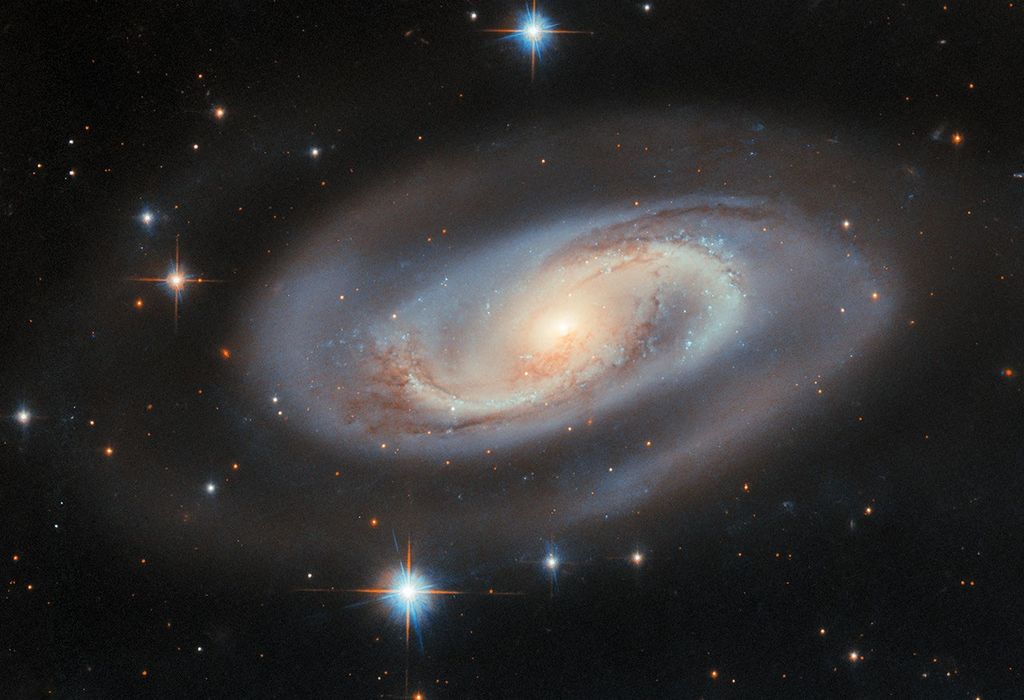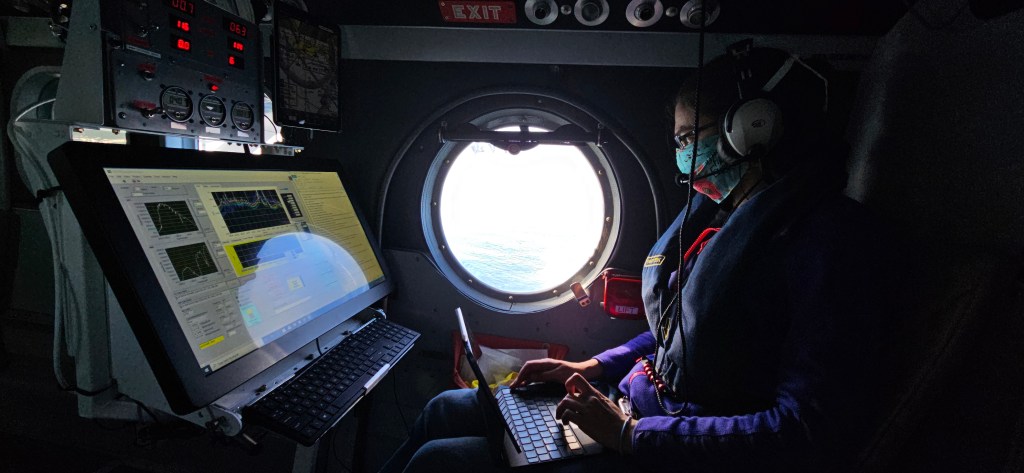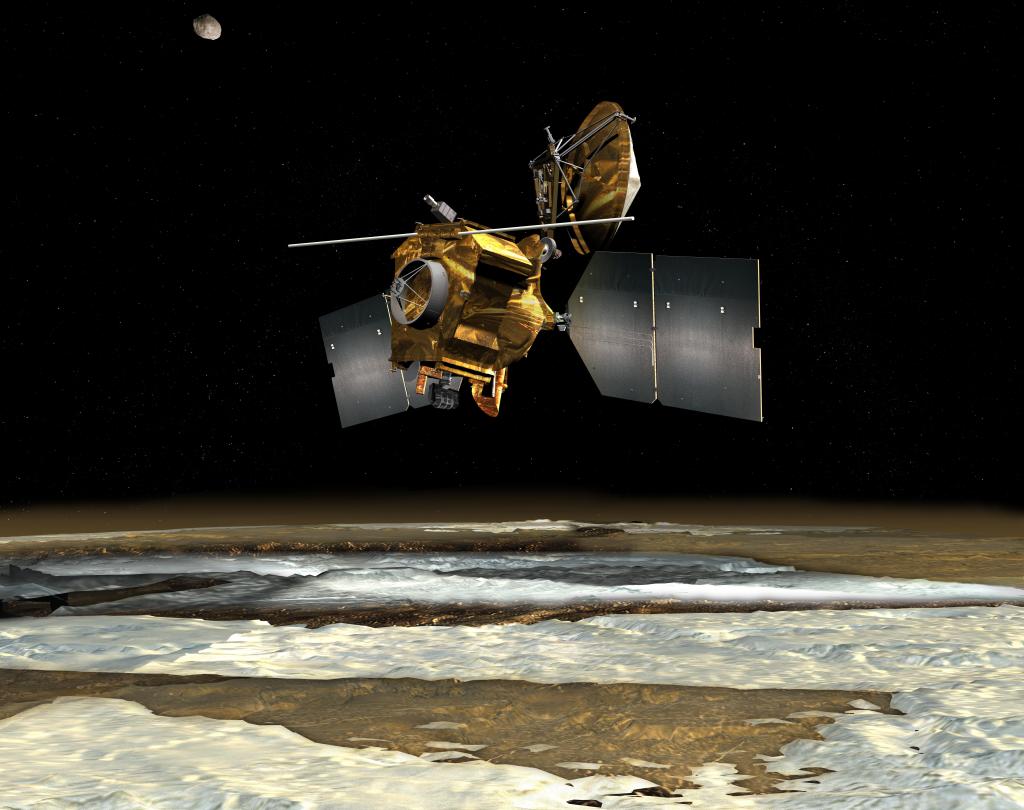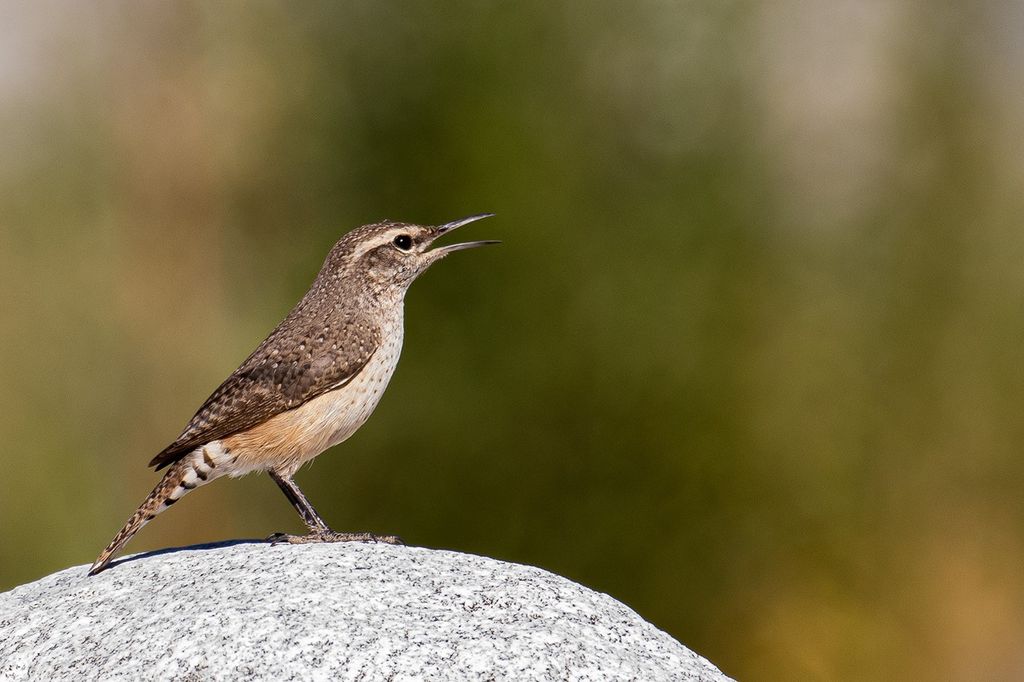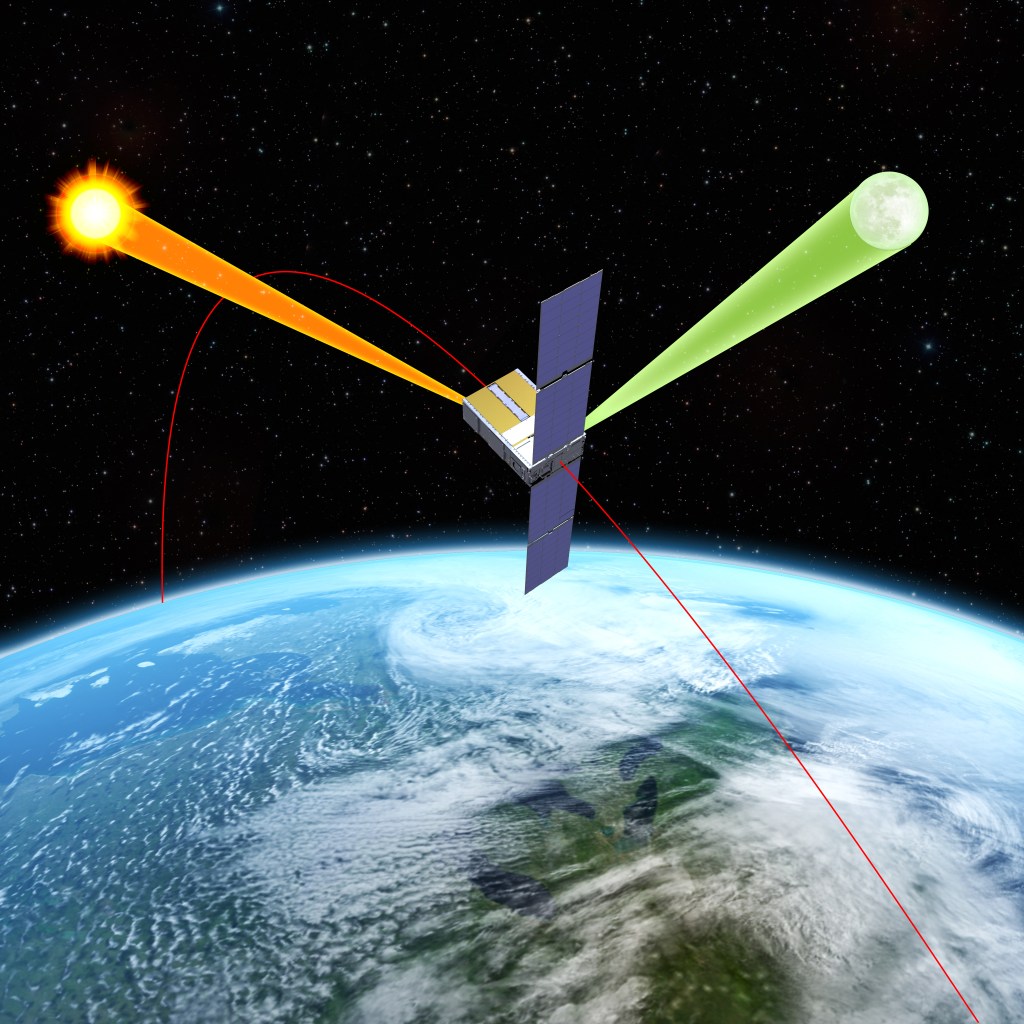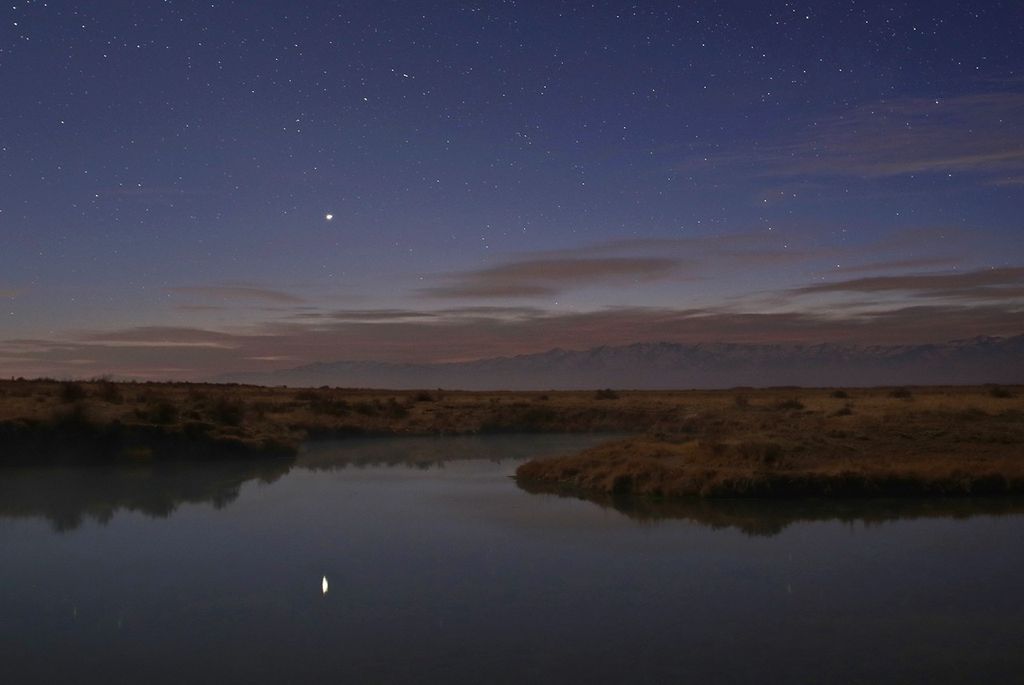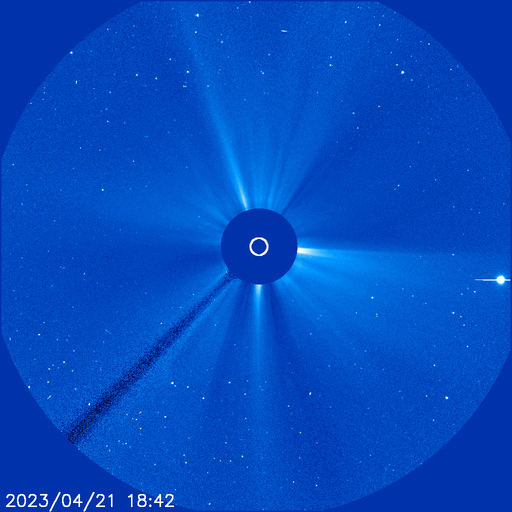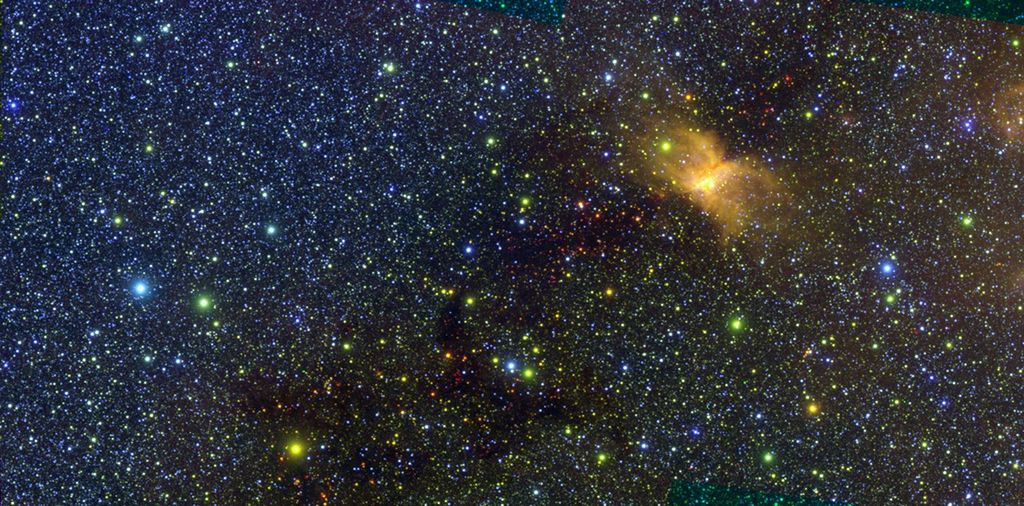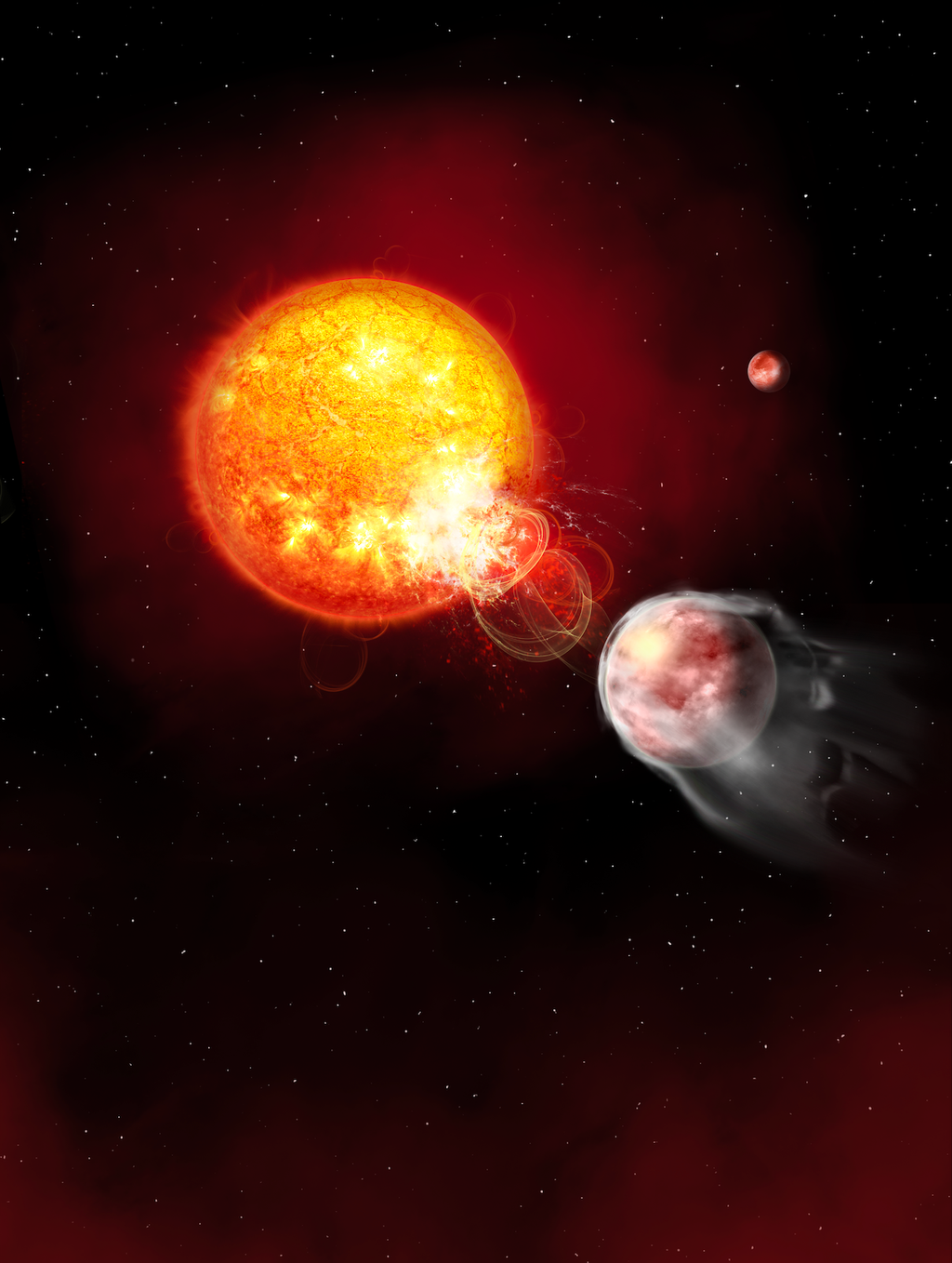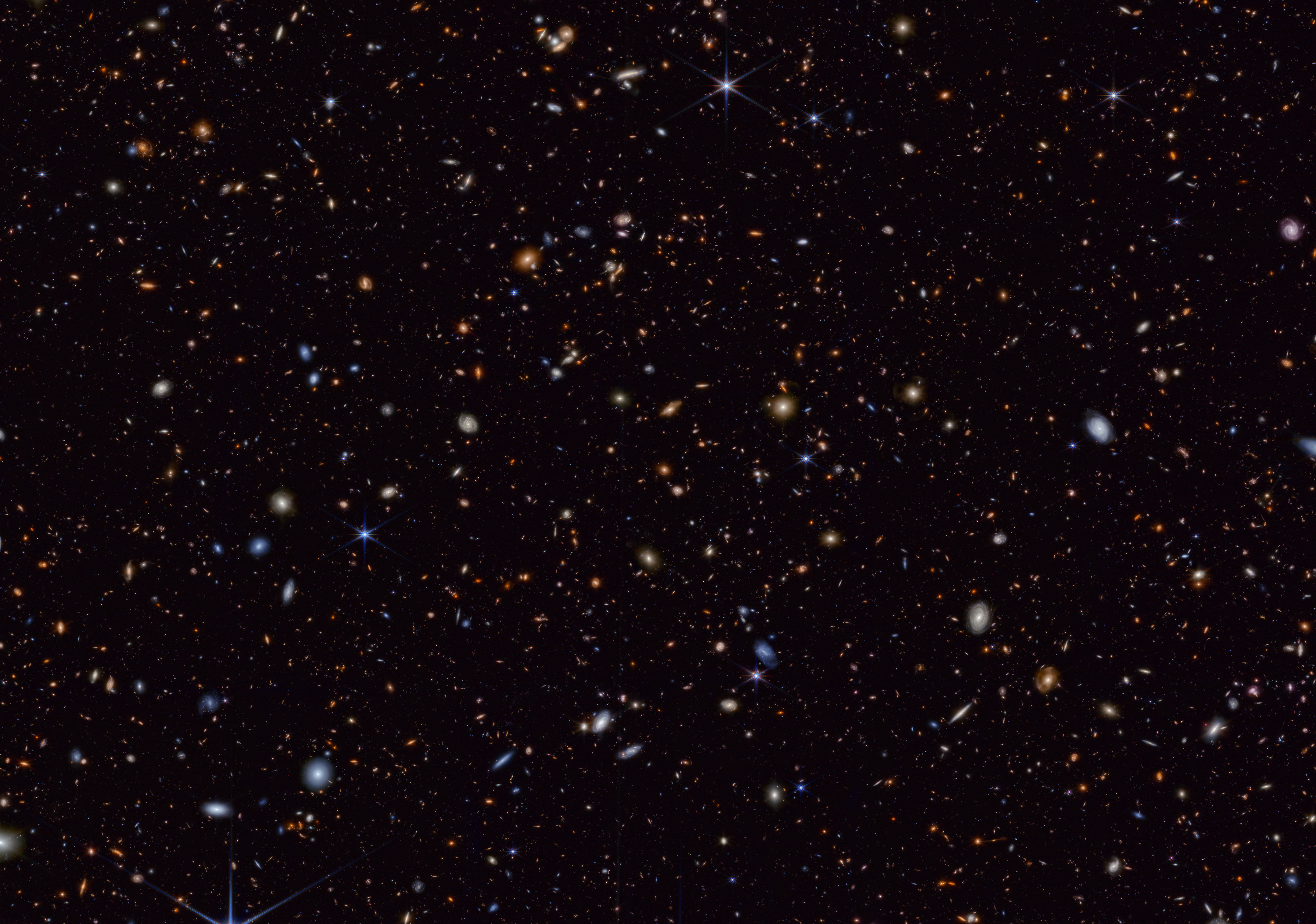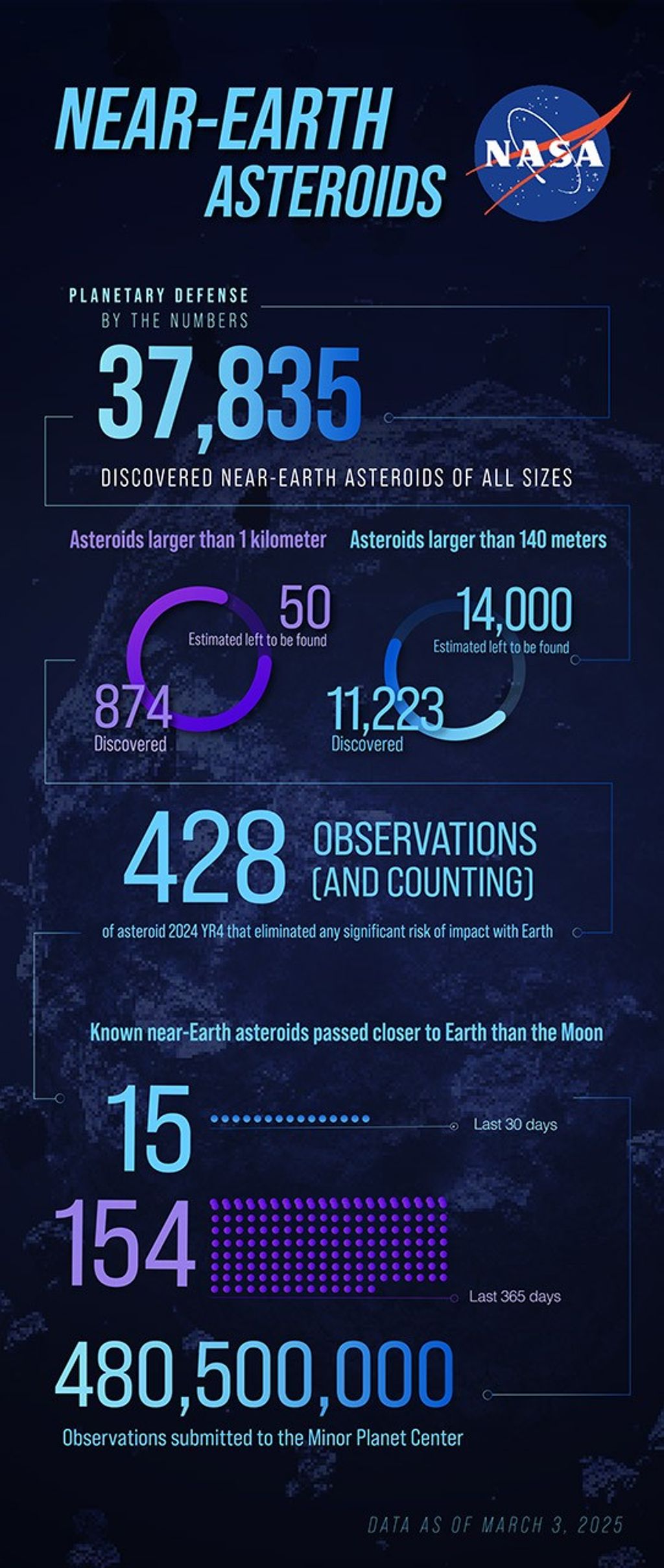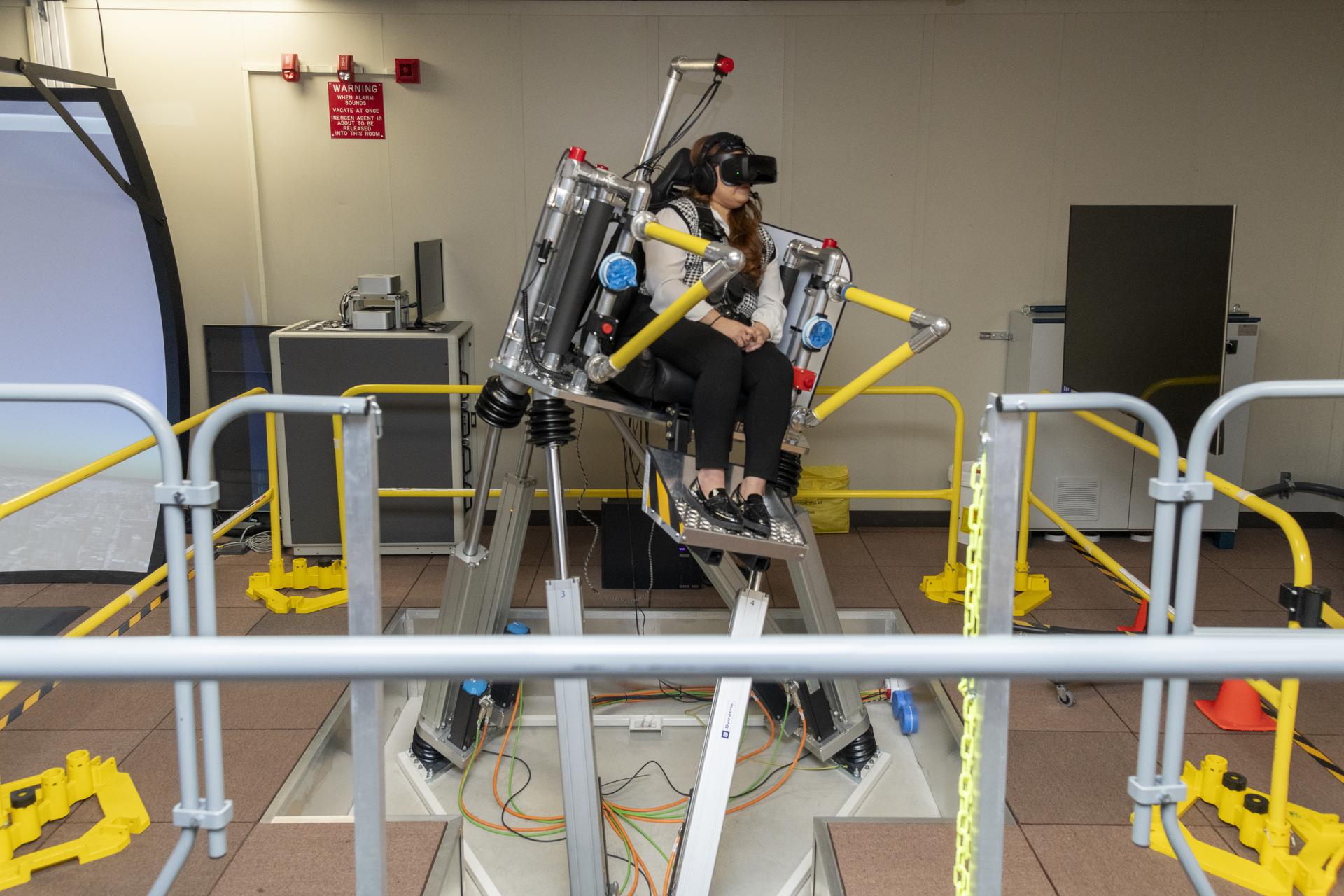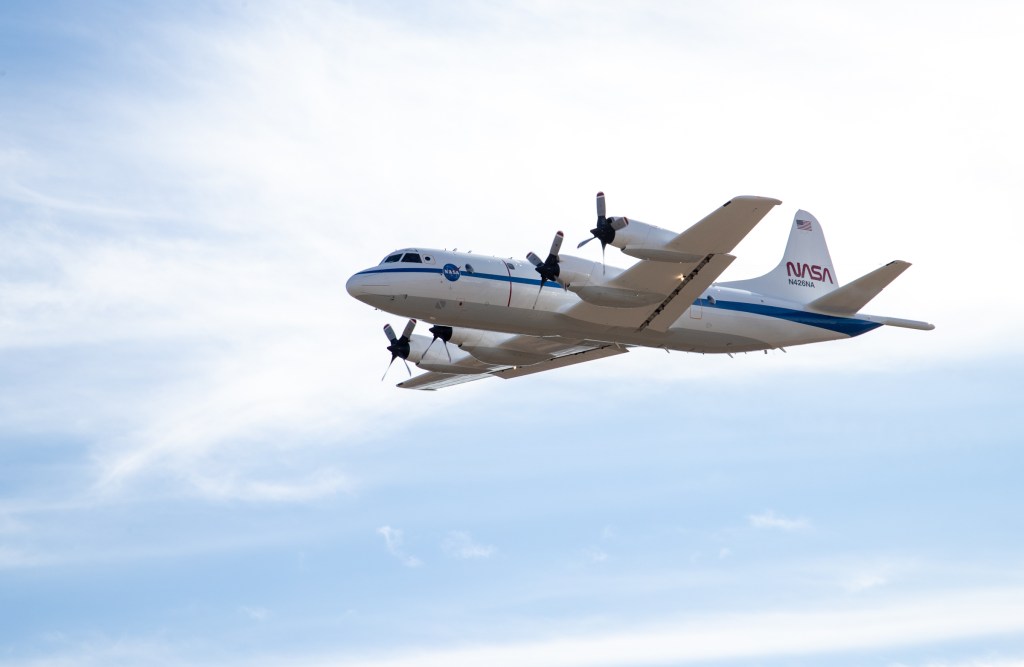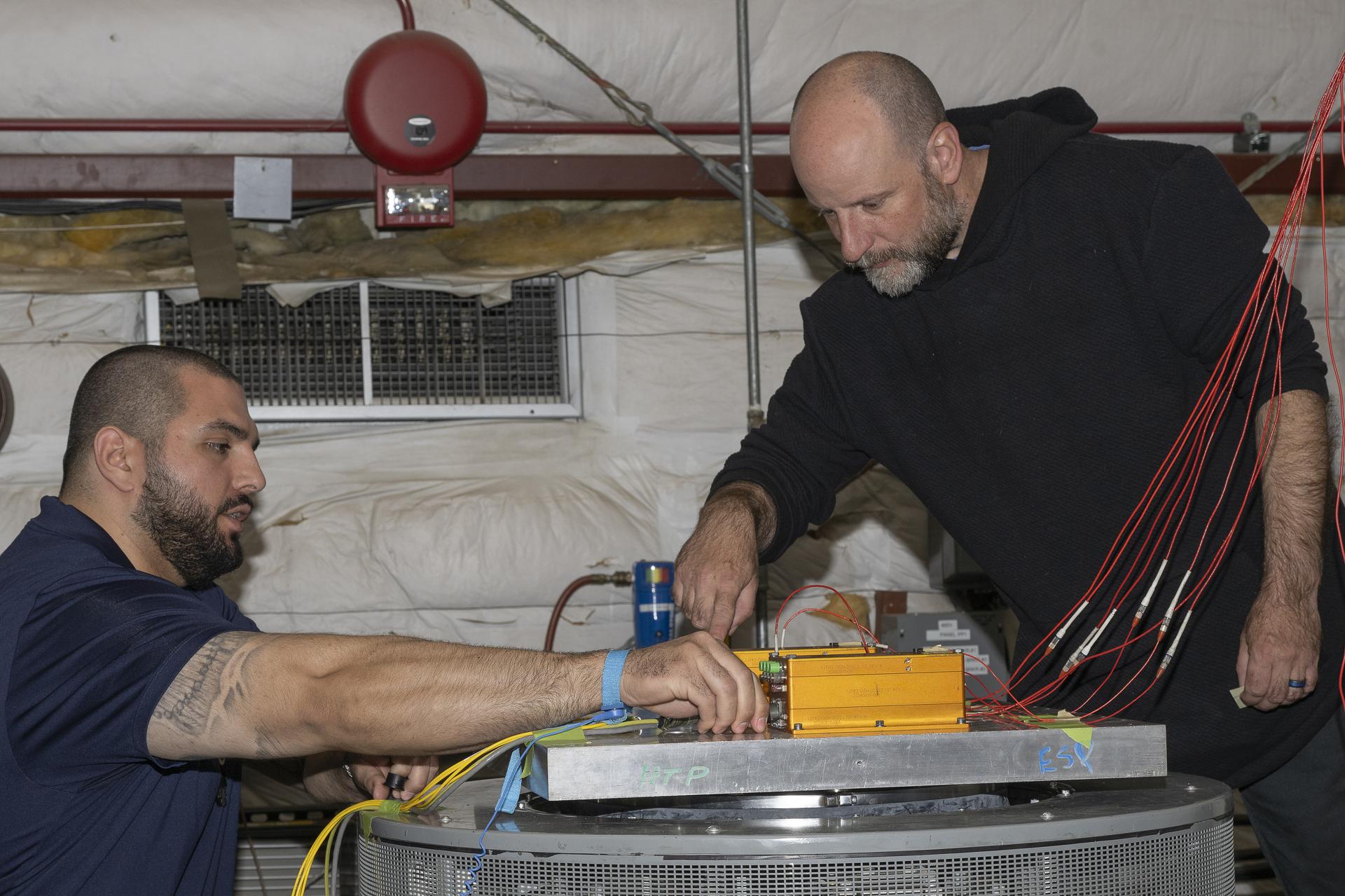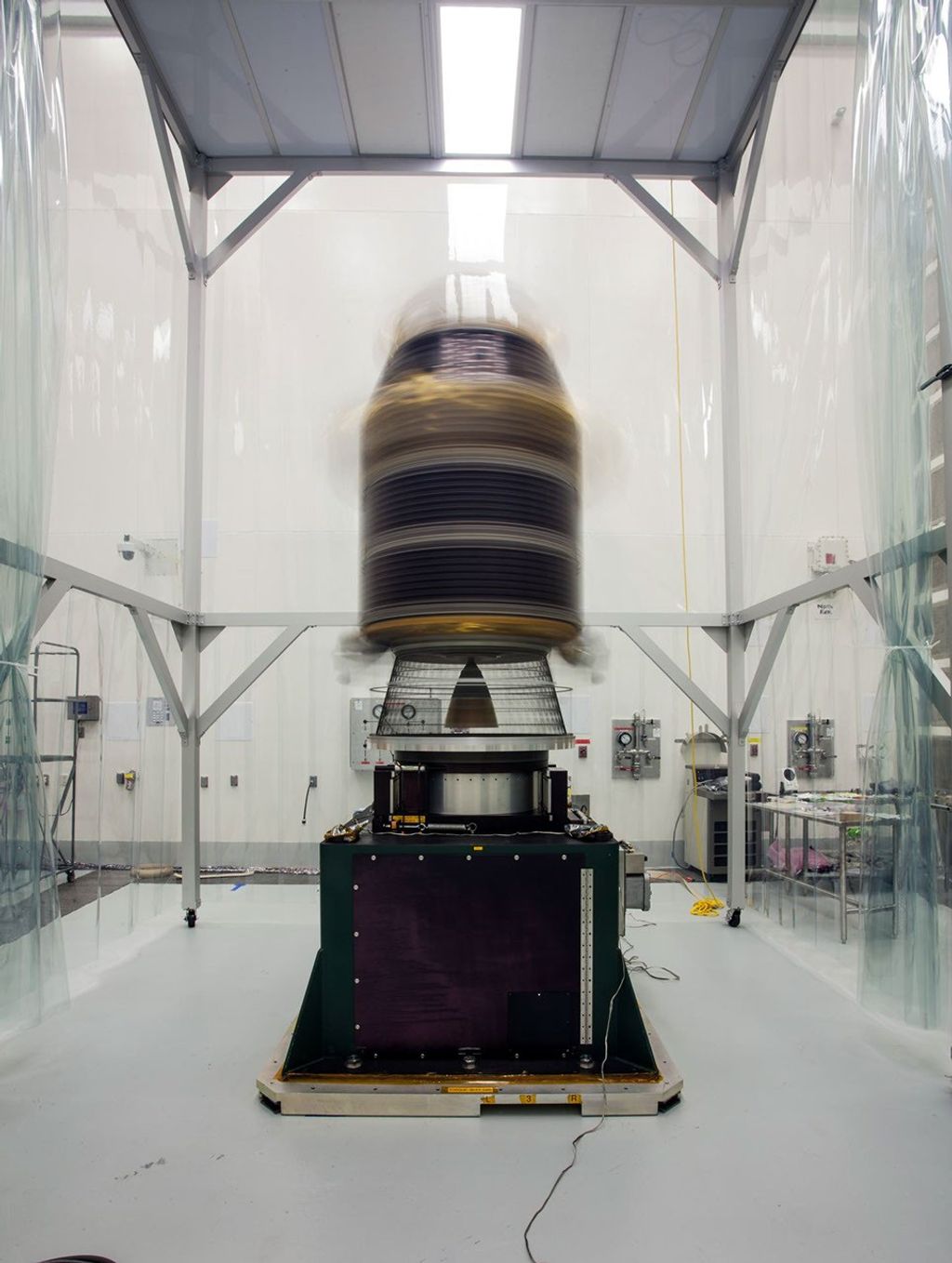After Curiosity's strenuous climb onto the pediment-capping unit last week, she will do what I did: look at rocks, gaze into the distance, take pictures of everything, and shoot lasers.
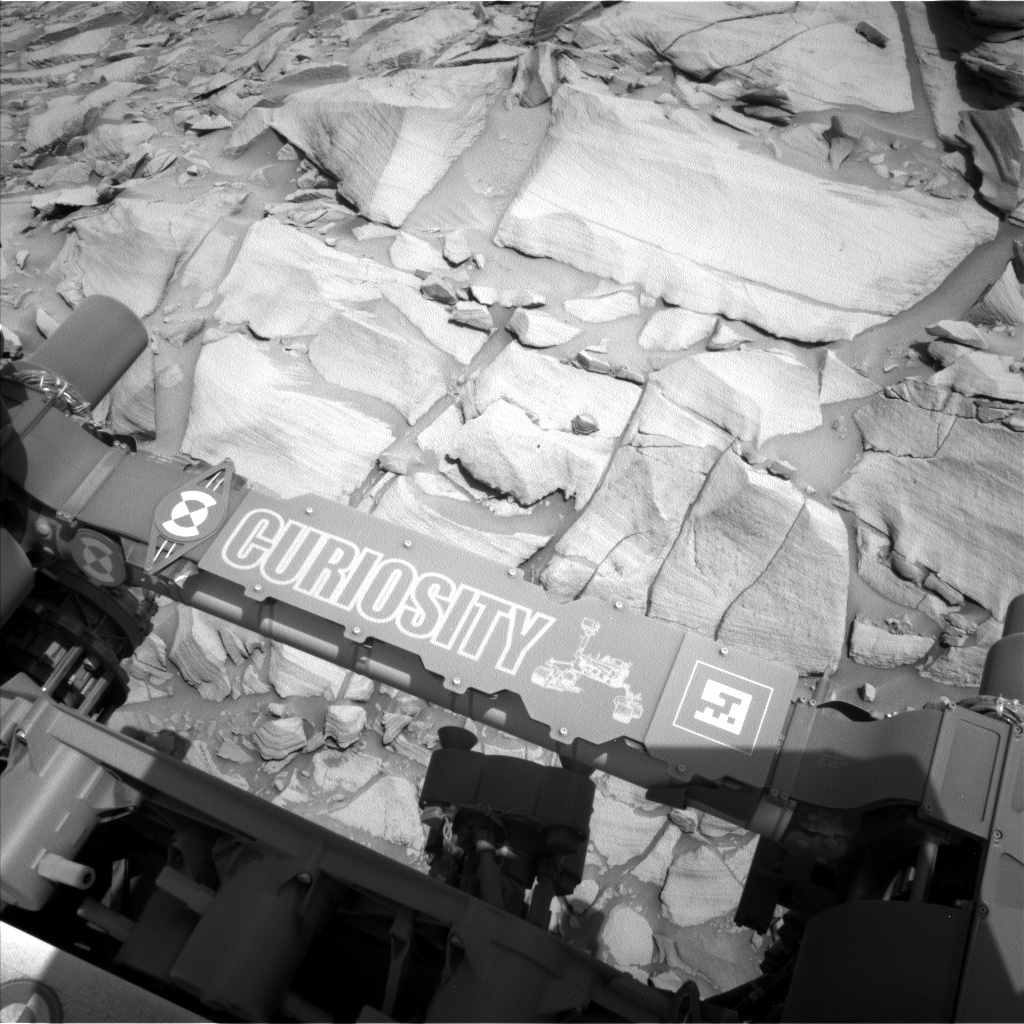
I got to spend some time this weekend climbing around on rocks here in Arizona, and I'm happy to report that our favorite Mars Science Laboratory is doing the same (except ... you know ... on Mars)! After Curiosity's strenuous climb onto the pediment-capping unit last week, she will do what I did: look at rocks, gaze into the distance, take pictures of everything, and shoot lasers. Ok, I didn't shoot any lasers, but ChemCam will!
We will start with the rocks (and lasers). ChemCam will take rasters of "Machir Bay," "New Aberdour," and "An Carnach" to assess the chemical variability of the bedrock here. We will then take pre-DRT MAHLI images of Machir Bay and "Forsinard Flows," break out the DRT to dust off these targets, take post-DRT MAHLI images, and measure the bulk chemistry of these targets with APXS. Whew! Mastcam will also take images of this bedrock (a portion of which is in the Navcam image above) to study the fine-scale details.
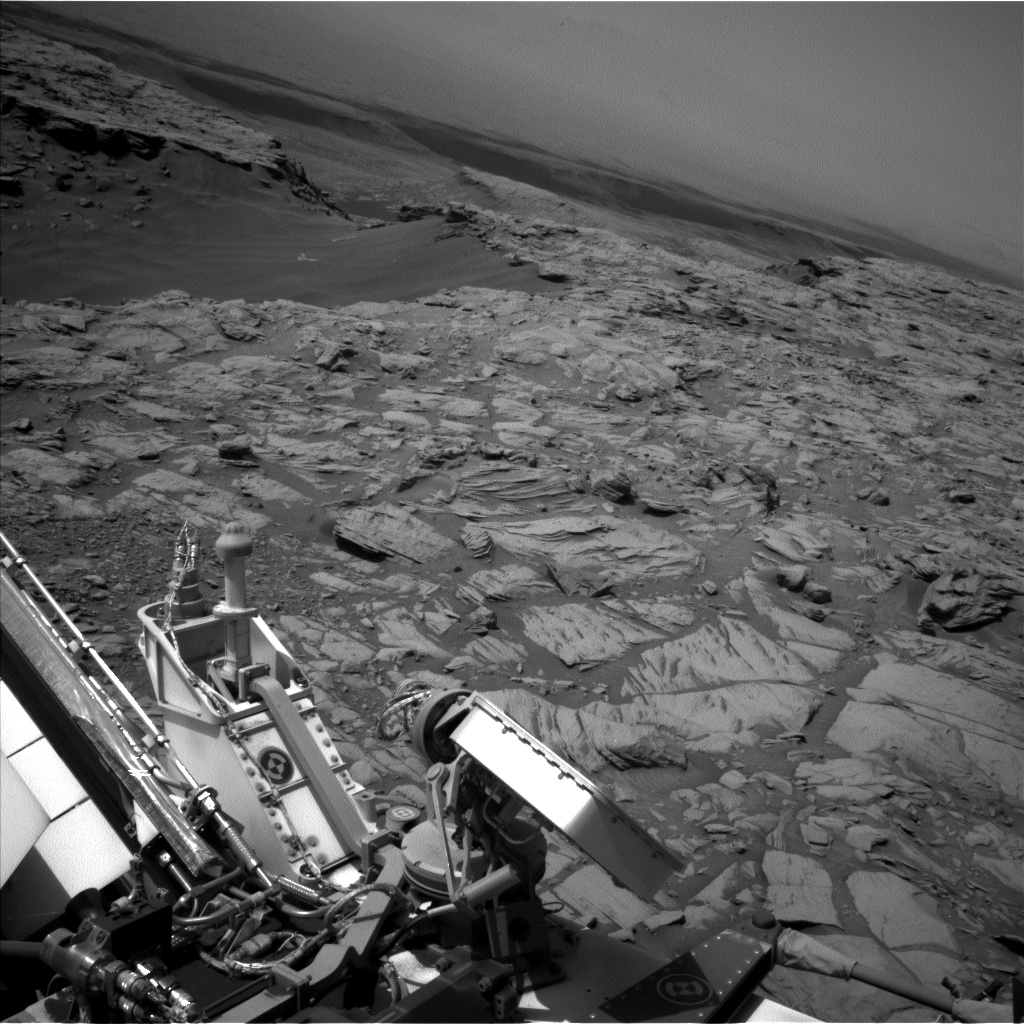
In addition to interrogating the rocks under our wheels (so to speak), we will spend some time gazing into the distance. What a view we have from all the way up here on the pediment-capping unit! Mastcam will take advantage of our location to image nearby "Tower Butte" (in the top left corner of this Navcam image) in order to examine surface textures. Then Navcam will look to the horizon for dust devils and to the sky for clouds. It's sounding more and more like Arizona!
In the background, DAN will be measuring the neutron flux from the subsurface to assess the pediment-capping unit's hydration and RAD and REMS will continue to measure the radiation and atmospheric environments, respectively, at yet another record elevation for Curiosity!
Written by Sean Czarnecki, Planetary Geologist at Arizona State University

